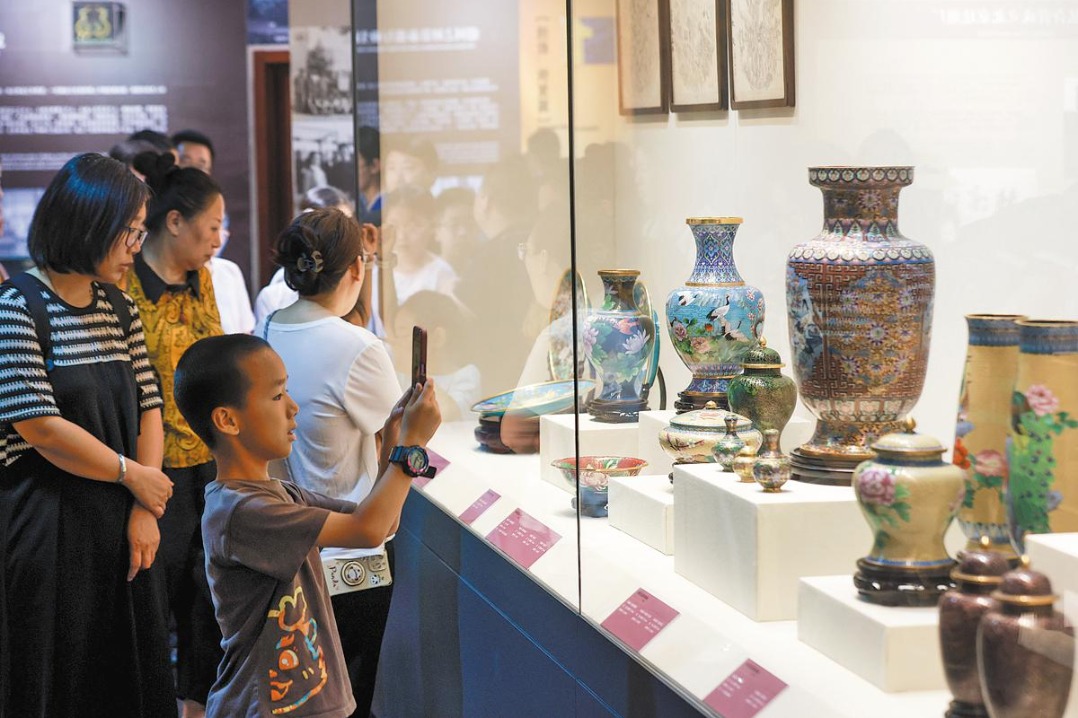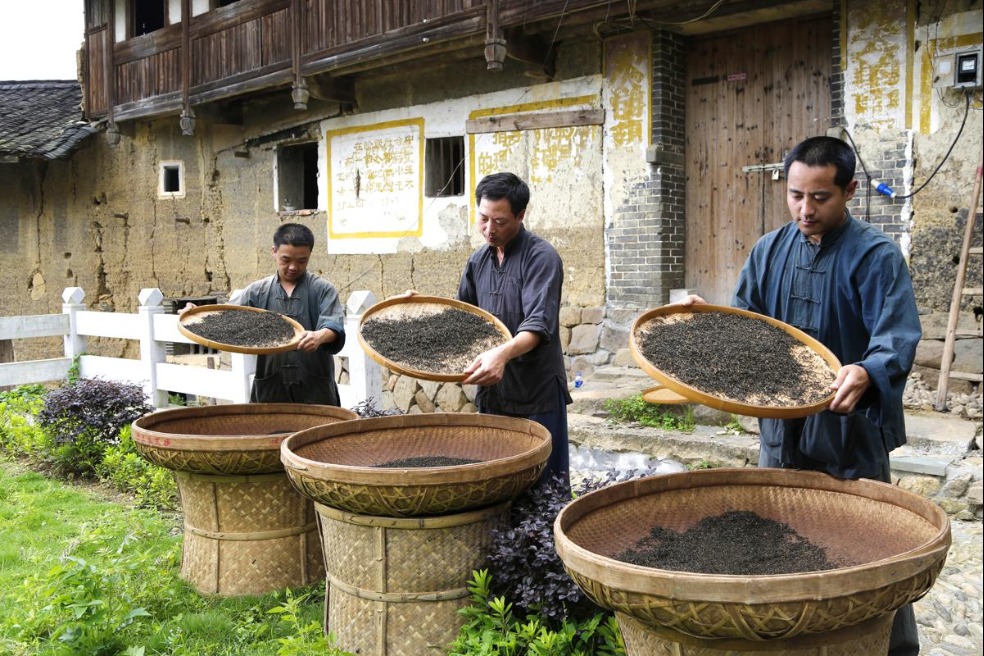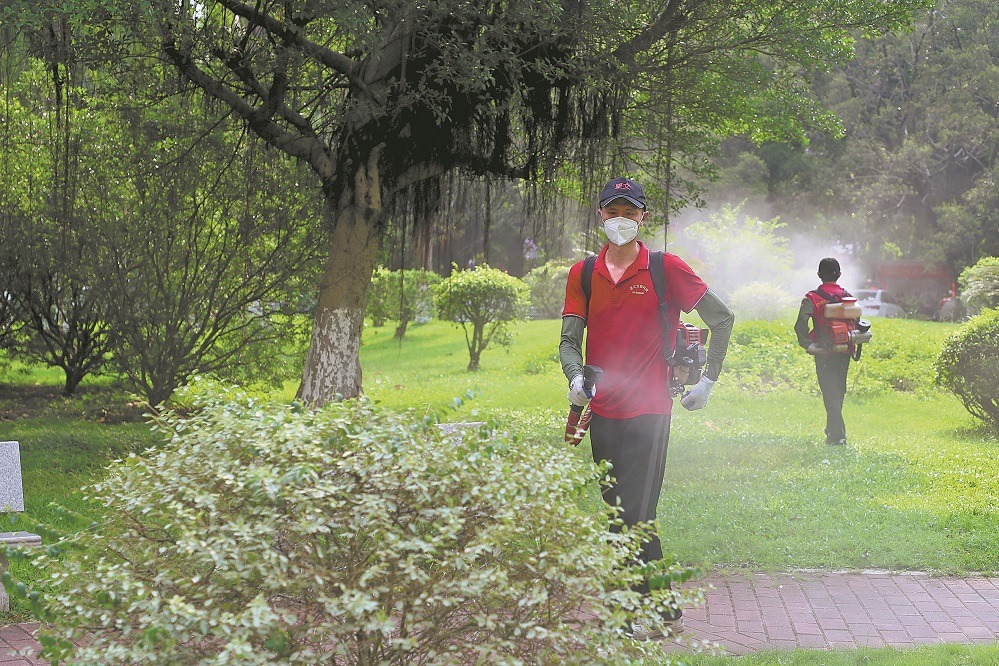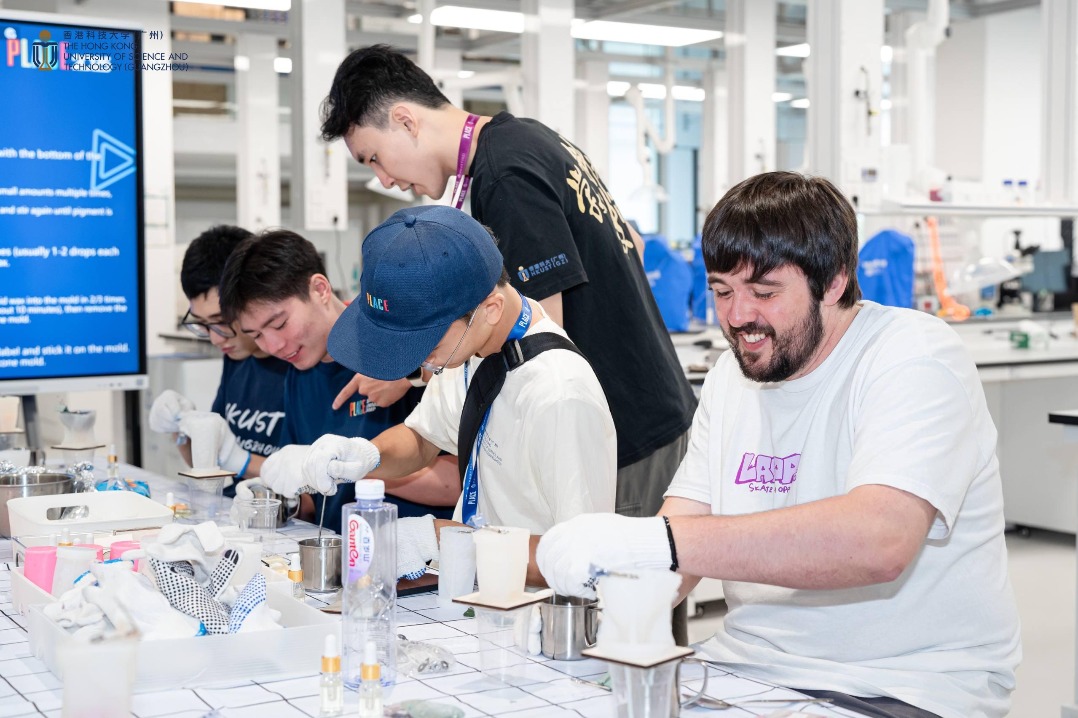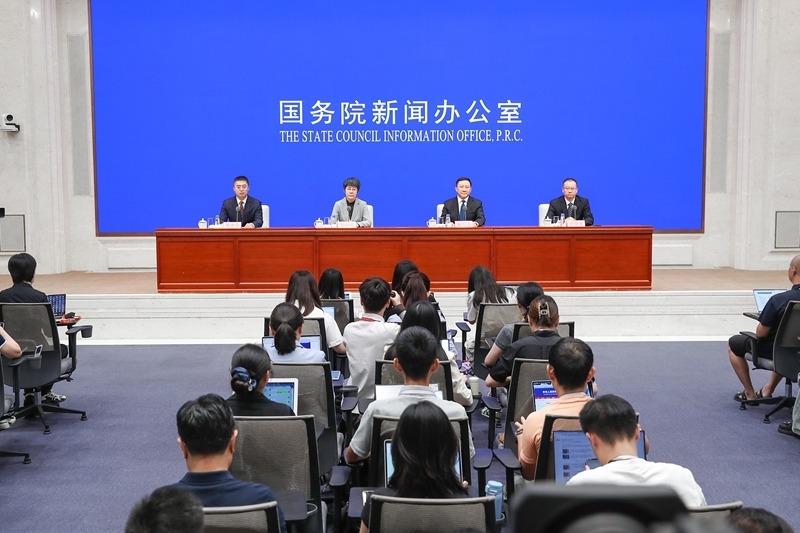China Focus: Paired assistance program improves access to quality health care for Xizang residents

LHASA -- The walls of the pediatrics department at Nagqu People's Hospital are decorated with numerous banners of praise, three of which were presented to staff by the same family, each expressing heartfelt gratitude to the doctors and nurses who saved their newborn daughter's life.
Bega Thonden was born prematurely on April 8 in the city of Nagqu, which is located in Southwest China's Xizang autonomous region and has an average elevation of 4,500 meters. The area is well-known for its extreme weather conditions.
"She was delivered by emergency cesarean section in the hospital and required 30 minutes of neonatal resuscitation after birth," said Tamdrin, who is the head nurse of the pediatrics department.
The infant presented with multiple critical conditions, including an extremely low birth weight, neonatal respiratory distress syndrome and severe birth asphyxia, necessitating immediate treatment.
For the next 83 days, Bega Thonden was kept in intensive care — the longest hospitalization period of any infant at the facility since it was founded in 1954. "Witnessing the baby's recovery process filled all our staff with joy," the head nurse told Xinhua, recalling the moment on June 22 when the infant fed independently for the first time.
The department's deputy director, Yexe Como, noted that newborns in the region have historically faced numerous health challenges, including asphyxia, hypoxic-ischemic encephalopathy, neonatal jaundice, preterm birth and malnutrition — consequences of the area's harsh natural environment, limited medical resources and traditional nomadic ways of life.
From 2015 to 2024, the infant mortality rate decreased from 20.7 per 1,000 to 6.5 per 1,000 births, according to the hospital's data.
Yexe Como credits these remarkable achievements to a government-led paired assistance program that the hospital joined in 2016. Under the program, medical teams from Liaoning province in Northeast China have been steadily supplying both skilled health care professionals and advanced medical equipment, significantly upgrading the health care services provided at one of the world's highest-altitude hospitals.
Today, the hospital has transformed from a small clinic into an institution with over 500 staff members, including nearly 20 medical experts from Liaoning, according to Nyima Ngoezhub, the hospital's vice-president. The facility is now equipped with more than 1,300 advanced medical devices such as MRI and CT scanners, making high-quality treatment accessible for plateau residents.
Xizang has received assistance in the medical field since the 1990s when a paired-up assistance program started. The program has significantly improved health care capacities across the region.
Since 2015, 203 hospitals in 17 paired provinces or municipalities administered directly by the central government have selected and dispatched more than 2,000 experts to work in teams at various levels in Xizang's health system, helping to improve the region's diagnostic and treatment capabilities. The program has also helped train 5,536 local health care professionals.
Local patients can now receive treatment for more than 400 serious diseases within the region, and for more than 2,400 moderately serious diseases within the prefecture-level administrative areas in which they live. And people with minor diseases can receive timely treatment at county-level hospitals.
Official statistics show that the infant mortality rate in the region declined to 5.37 per 1,000 as of 2023. The region's average life expectancy increased to 72.19 years.
Additionally, endemic diseases such as hydatidosis and Kashin-Beck disease (KBD), as well as common diseases such as congenital heart disease and cataracts, have been eradicated or brought under effective prevention and control levels.
Dawa, a resident of Kangsar Township in Qamdo City, greets each day with joy following a successful surgery at Lhorong County People's Hospital, which is a beneficiary of a paired assistance program between East China's Fujian province and Xizang.
After years of living with KBD — a debilitating bone and joint disorder that left him dependent on painkillers and unable to perform farm work or basic daily tasks — the 55-year-old has regained painless mobility.
"Previously, patients had to seek treatment outside Xizang. Now, we receive free treatment locally," said Dawa, who was discharged pain-free in late July.
- China Focus: Paired assistance program improves access to quality health care for Xizang residents
- Guangdong aid transforms Xinjiang's plum industry
- PKU Law School dismisses online rumors about faculty member
- Shenzhou XX crew to conduct third space walk in coming days
- Thai student impressed by China's rapid holistic development
- Opportunities spring from Fanjing Mountain

















